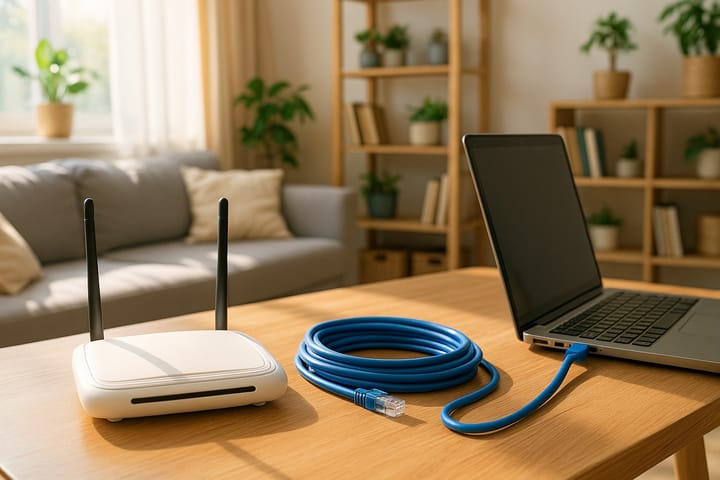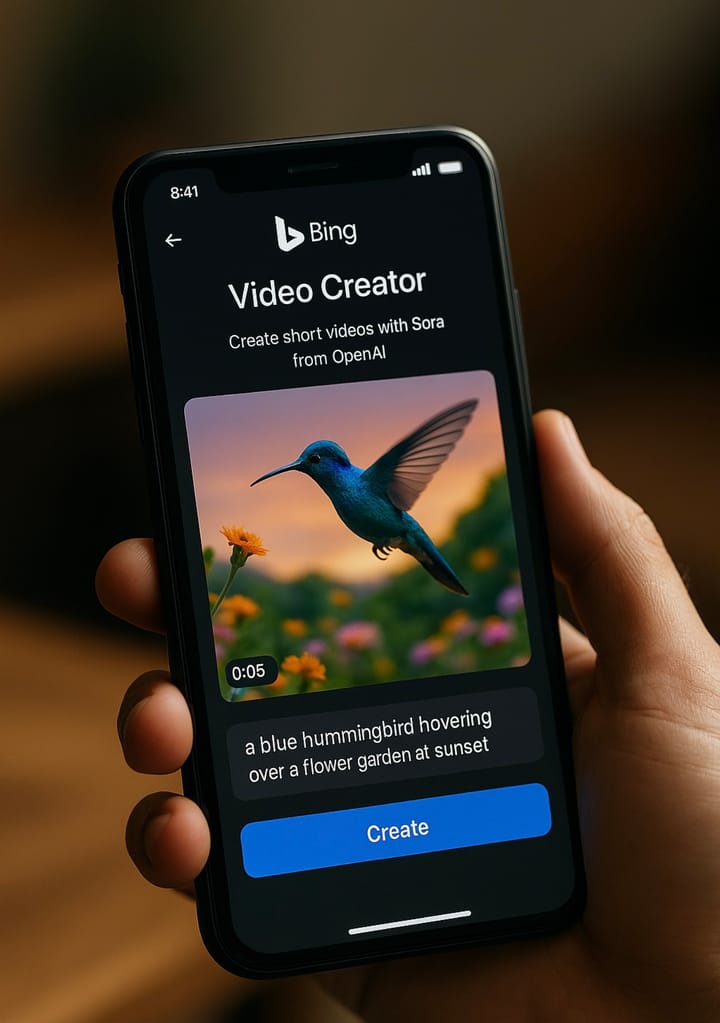Wow-Fi 5.7 Tbps: The Future of Infrared Internet Speed
Wow-Fi 5.7 Tbps brings ultra-fast infrared internet, changing the future of wireless networks and challenging traditional fiber optic speeds.

The dream of ultra-fast internet is becoming a reality, thanks to the latest breakthrough by the Eindhoven University of Technology (TU/e) and startup Aircision in the Netherlands. For the first time, researchers have managed to transmit data at speeds of up to 5.7 terabits per second over a 4.6-kilometer urban infrared link, marking a new era in the development of stable, high-capacity wireless networks. This transmission rate equals 1.9 million simultaneous Netflix HD streams, an achievement never seen before in wireless optical communication.
The technology, known as Free-Space Optical (FSO) Communication, uses advanced wireless optical antennas to precisely focus infrared beams from point to point—no physical cables required. The project utilized Eindhoven’s Reid Photonloop testbed, allowing research across a variety of weather conditions to assess system reliability. The findings were also presented at the Optical Fiber Communications Conference 2025 in San Francisco, further cementing their impact in the global scientific community (TechRadar, arXiv).
Wow-Fi Technology: Promise and Technical Challenges
Wow-Fi offers tremendous potential as a backhaul solution for future 5G and 6G networks, especially in areas where laying fiber optic cables is impractical. Its main advantage lies in its low interference, as highly focused infrared signals are difficult to intercept, offering extra layers of physical security. Wow-Fi installation is also far more flexible than traditional fiber optic lines, eliminating the need for excavation or extensive cable deployment. With mass production of optical antennas, installation costs are expected to drop, especially for hard-to-reach locations.
However, practical implementation still faces significant technical hurdles. Infrared signals are highly sensitive to physical obstructions such as tall buildings, growing trees, or even birds crossing the beam. Severe weather—heavy rain, fog, or snow—can also drastically reduce signal quality. Researchers are now developing modulation techniques and signal compensation methods to ensure system stability in all weather. For now, Wow-Fi is primarily aimed at operator backbone networks and data center interconnections, not yet for direct home or consumer use.
Public Response and Global Impact
Public enthusiasm for Wow-Fi is sky-high. Many wonder if Wow-Fi can soon replace traditional Wi-Fi at home or in the office. The reality, however, is that the technology needs more time for household adaptation due to cost, device size, and the need for clear line-of-sight infrastructure. Nevertheless, experts believe Wow-Fi could transform global telecommunications, especially in regions where cable infrastructure is a challenge.
Concerns have arisen about data security, energy consumption, and regulatory use of infrared channels in public spaces. Compared to Wi-Fi, Wow-Fi is physically much safer, with interception only possible at very close range, and always requiring strong encryption for full protection. For long-range use, Wow-Fi is more energy efficient due to its highly focused signal, although the optical devices themselves still need improvements to reach optimal energy savings.
Wow-Fi is a promising technology for delivering ultra-fast internet in the near future. Yet mass adoption requires solving challenges ranging from weather sensitivity to device miniaturization and regulatory harmonization across countries. As the world rushes into 5G and prepares for 6G, Wow-Fi is poised to become a major pillar of a more inclusive and efficient global digital ecosystem.
With this achievement, the future of wireless networking is no longer just a dream. Wow-Fi proves that world-class internet speed and stability can be achieved with innovative infrared solutions, rivaling and even surpassing traditional fiber optic technology. In the years ahead, people can look forward to faster, safer, and more reliable internet access—driving digital economic growth worldwide.





Comments ()